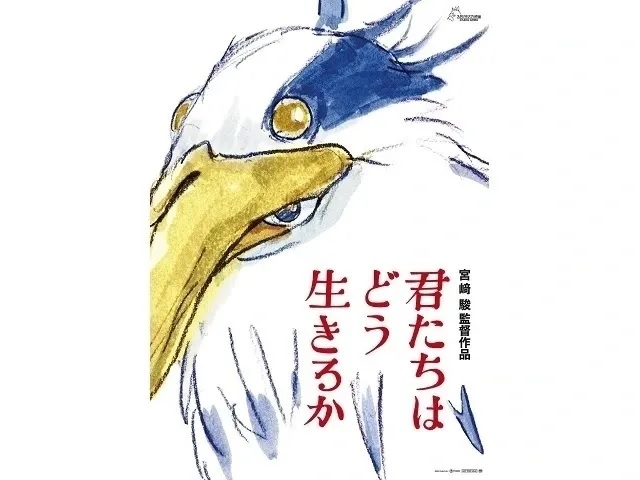Studio Ghibli’s new anime may be the most expensive Japanese movie ever made, producer says

Hayao Miyazaki’s The Boy and the Heron was not cheap to make.
The Boy and the Heron, a.k.a. How Do You Live?, the latest anime movie from Studio Ghibli and director Hayao Miyazaki got off to a strong box office start, earning 2.14 billion yen (roughly US$14.9 million) in its first four days of theatrical release in Japan. That’s more than Miyazaki’s last anime movie, The Wind Rises, or his Oscar-winner, Spirited Away did in that amount of time, and now, at the one-month mark, The Boy and the Heron’s total is up to more than 6.23 billion yen (around US$43.3 million).
That’s not chump change, and the figure is all the more impressive when you factor in that The Boy and the Heron is doing all this without any advertising or preview trailers. But the 6 billion-plus in earnings doesn’t yet guarantee that the movie is going to be a huge financial success, because it might just be the most expensive Japanese film ever made.
Studio Ghibli’s veteran producer Toshio Suzuki, who once again fills that role for The Boy and the Heron, recently appeared on YouTube talk show Hiroyuki no Ikisakimitei. During his talk with the hosts, he said of The Boy and the Heron:
“I think that we spent more money making [The Boy and the Heron] than any other movie that’s ever been made in Japan, probably.”
Suzuki may not have access to the budgetary records of every Japanese movie in history, but as one of the founding members of Studio Ghibli, he does at least know how much the studio has spent on its animated films. In previous interviews, Suzuki has said that 2013’s The Tale of the Princess Kaguya, said to be the most expensive film Ghibli had made, had a production budget of 5.15 billion yen.
▼ Trailer for The Tale of the Princess Kaguya
It might seem unbelievable for an animated movie to be a country’s most expensive, but the Japanese live-action film industry, in general, doesn’t produce the sort of big-budget action movies filled with expensive special effects, stunts, and set design that Hollywood does. There’s more focus on what Japan calls “human drama,” movies that focus on interpersonal relations between families, friends, or coworkers, and even when Japan does make action movies, the fantasy and science fiction ones tend to be somewhat on the inexpensively schlocky side, and the more realistic ones, such as police story Bayside Shakedown or coast guard series Umizaru, are grounded enough that they’re not blowing up half of Tokyo in costly spectacular set pieces.
The Boy and the Heron spent seven years in development, and while that doesn’t mean the artists were drawing non-stop for the entire time, Ghibli has a well-known penchant for animating things the old-fashioned way, which is also both the time-consuming way and the expensive way. So it’s a safe bet that a lot of work hours went into making The Boy and the Heron look its best (and, having seen it, it does look incredible), so a lengthy production from an anime studio that isn’t cheap in a market with modest budgets for live-action does make it plausible that The Boy and the Heron is the most expensive Japanese movie ever.
But while The Boy and the Heron was the most highly anticipated anime movie release this year, it’s already fallen out of first place in Japan’s weekend box office ratings. For the period of August 11 to 13, Ghibli’s latest finished in third place, behind the newest live-action adaptation of the Kingdom anime/manga series and Mission Impossible: Dead Reckoning Part One. From a business standpoint, now might be an effective time for Ghibli and distributor Toho to switch tactics and release some conventional marketing for The Boy and the Heron. By now, many people in Japan who were interested in seeing it with no preconceived notions about the movie’s contents have had the chance to do so, and the lack of visual preview material (aside from a few stills in its recently released program booklet) might be making The Boy and the Heron fade from public consciousness among those who have been on the fence about seeing it. A trailer, or even a quick teaser video, might convince them that Miyazaki’s latest is worth making a trip to the theater to see.
All that said, it’s unlikely that The Boy and the Heron is going to end up in the red. Considering its advertising/marketing costs were basically zero, unless its production budget was significantly higher than Kaguya’s, it’s probably already broken even, or will very soon.
Source: Sponichi Annex via Livedoor News, Biglobe News
Top image: Studio Ghibli
● Want to hear about SoraNews24’s latest articles as soon as they’re published? Follow us on Facebook and Twitter!
Credit:

0 comments: